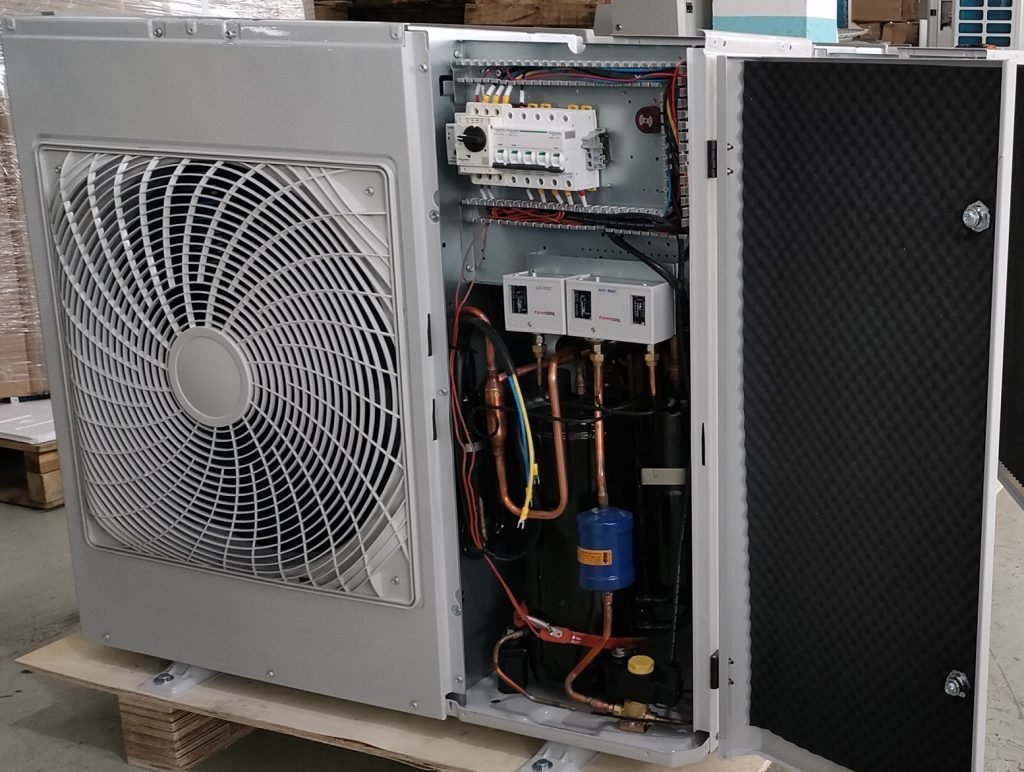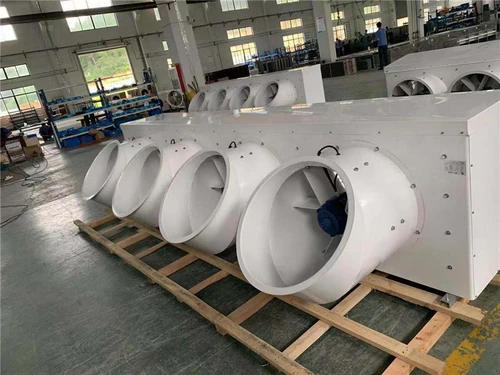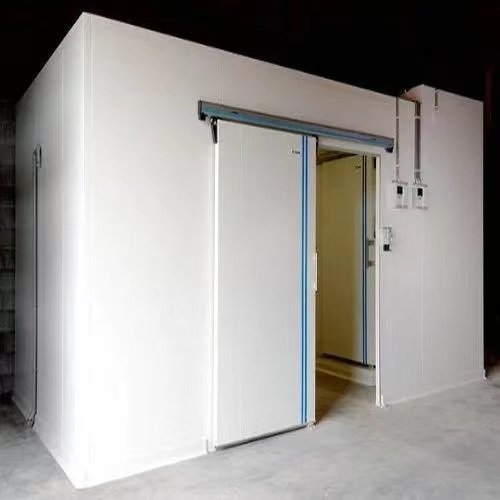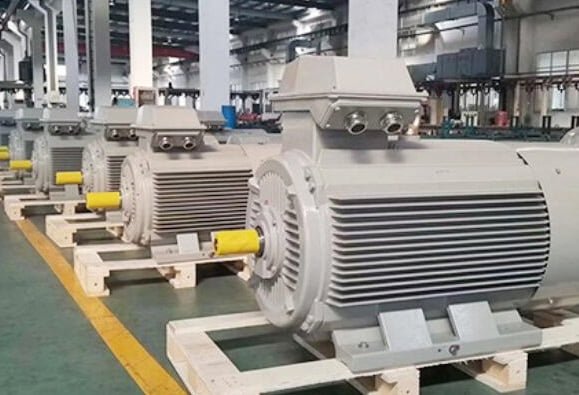Air conditioner is a very popular appliance in summer because it can bring you cool air, but sometimes you have concern about high humidity, which is harmful to your health.
Dehumidifier is the best choice for you to reduce the humidity level, and keep you in a comfortable condition.
Air conditioner and dehumidifier also can match to work, especially in summer.
Air conditioner focus on controlling temperature, while dehumidifier focus on removing moisture.
Dehumidifier vs Air Conditioner Differences
1. Dehumidification Principle
Air conditioner: Start the dehumidification function while the air-conditioning is cooling. After the humid air circulates in the air-conditioning system, then release into the room again. At the same time, water vapor condensed into small water droplets, and finally discharged from the drain pipe.
In the process of releasing cold air, temperature of the hot and humid air drops down after being cooled by the air conditioner, meanwhile, the air is in saturation state. Water vapor will condense in the form of condensed water. When the cooling reaches a certain level, air humidity will naturally drop. So not only achieved the cooling effect but also removed the moisture.
Dehumidifier: It sucks the moist air from the air inlet by fan motor working, then condenses the moisture in the air through the evaporator, finally becomes dry air (at the same time reduces the temperature), and discharged from the air outlet.
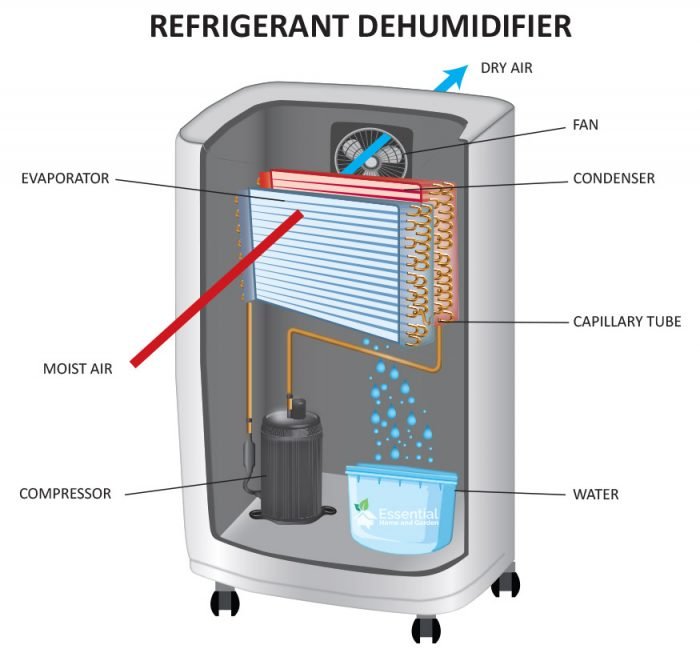
Dehumidifier Structure
2. Dehumidification Effect
As the principle of air conditioner dehumidification is basing on cooling mode, the dehumidification effect is not significant in a short time, so it will consume a lot of electricity. And, it will cool while dehumidifying. In a low-temperature season, people do feel not good. The dehumidifier is a professional dehumidification electrical appliance, which has a better dehumidification effect and can balance the humidity in the air, so that the air will not become dry and won’t have a bad effect on the human body.
3. Use Function
Air Conditioner not only has the function of dehumidification, but also has other functions (cooling, heating, defrost, eco, etc). So air conditioner is more practical, but its dehumidification effect is not as good as the dehumidifier. A dehumidifier is a machine focusing on dehumidification, so its function is relatively simple.
1) Air conditioning dehumidification mode
When the air conditioner is in cooling mode, the evaporator of indoor unit and the condenser of outdoor unit match to work.
In the dehumidification mode, moist air enters the air conditioner and passes through the evaporator, where water vapor condensed into water and discharged. Then the air conditioner blows out cold air.
2) Dehumidifier dehumidification
Dehumidifier circulates the air in the room to cool and remove water over and over again. Generally, a capacity 22 liter/day dehumidifier has an exhaust air volume of about 150 cubic meters per hour (based on a normal room of 20 square meters and a floor height of 3 meters). The dehumidifier can circulate all the air in your room 3 to 4 times an hour, which can pump out 22 kgs water in one day only.
4. Power consumption
The power of a normal air conditioner is about 1500 watts, and it costs 1.5 kWh of electricity per hour, which is 36 kWh of electricity per day. A capacity 22 liter/day dehumidifier has a power of about 330 watts, that is 8 kWh per day. The difference of both in power consumption is about 4 times.
Meanwhile, the effect of dehumidification is even a huge difference. When the dehumidifier is on working, it will generally be effective in 1 hour, which is comfortable and energy-saving.
Dehumidifier can move flexibly and freely select the dehumidification area. If you only want to achieve the purpose of dehumidification, a dehumidifier is a better choice.
Set Right Degree for Air Conditioner Dehumidify
1. Automatic setting
Most air conditioners set the temperature automatically during dehumidification. In dehumidification mode, air conditioner control system will first check the indoor temperature, then determine the target value of operating temperature.
The set value of the design is generally 2°C lower than room temperature. If temperature is too high, the dehumidification is not effective; if temperature is too low, will affect the indoor temperature.
To avoid excessively lowering the indoor temperature during dehumidification, generally should fix the set value. So we needn’t set the temperature, only switching on the air conditioner dehumidification function, then is ok.
2. Manual setting
For air conditioners that need to set the dehumidification temperature manually, manufacturers currently do not have a solution. According to the experience, set the temperature 4°C lower than room temperature is the most appropriate.
For example, if your cooling temperature set to 27°C, then the dehumidification temperature needed set to 23°C.
Choose Dehumidification Mode or Cooling Mode?

Air Conditioner Cooling Mode
Dehumidification is not a substitute for cooling mode
Although dehumidification also has the effect of reducing room temperature, the cooling capacity of dehumidification mode is not enough for the indoor cooling demand in high-temperature seasons.
Therefore, when the room is hot and over-humid, choose the cooling mode; when the room is not too hot but the humidity is high, such as the rainy season, choose the dehumidification mode.
Dehumidification mode runs for 1-2 hours only
In the dehumidification mode, air conditioner compressor starts and stops intermittently, and will damage the compressor if the running time is too long.
In the cooling mode, the compressor will continue operating to quickly reduce the indoor temperature.
If the dehumidification time is too long thus the air becomes too dry, which can also cause discomfort in the body.
Using Air Conditioner to Dehumidify Tips
Pay attention when using the dehumidification mode of air conditioner: If the outdoor temperature is very high and the air is very dry, do not switch on the dehumidification mode for a long time to avoid damage to the compressor.
Generally, when the outdoor temperature is higher than 40°C, please choose the normal cooling mode.
Only at night when the temperature is relatively low and the humidity is high, can switch on the dehumidification mode to achieve the effect of adjusting the room temperature and humidity.
Dehumidifier Compressor
For air conditioner compressor, the rated power ( watt) matched with the cooling capacity (BTU). Same cooling capacity can match several different compressor models (with different rated power), differing by the different cooling EER(Energy-Efficiency Ratio). For example: 12000btu air conditioner, also means 1.5hp (horse power), can have compressor models with different rated power from 1200w to 1450w, all of them can match a 12000btu air conditioner. But the less rated power consumption, the higher EER(Energy-Efficiency Ratio).
The dehumidifier compressor is similar, but the rated power (watt) matched with the dehumidifying capacity (30°C, RH80%), differing by the different COP(Coefficient of Performance). For example, 12L (dehumidifying capacity), can have compressor models with different rated power from 180w to 270w.
You must notice that same model with different ambient temperatures, the actual rated powers are also different.
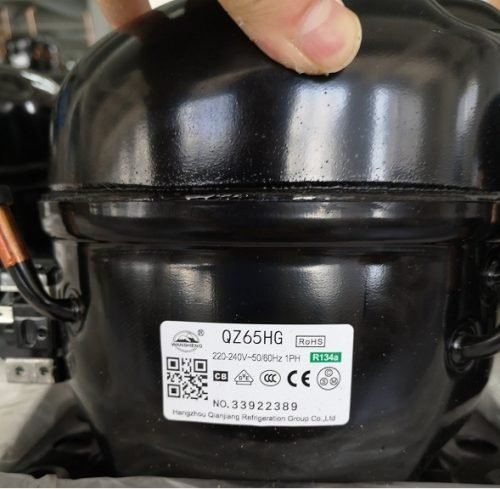
Dehumidifier Compressor
Air conditioner compressor normally uses Refrigerant R22, R410a, R32,R290; dehumidifier compressor uses Refrigerant R134, R290(newly type).
Among them, R290 is the best refrigerant for the environment and the ozone layer.
Dehumidifier Without Tank
Someone asked: Could dehumidifier normally work without a tank? Absolutely yes. No matter Household Dehumidifier or Industrial Dehumidifier, both will come with a 1.5~3 meters drainpipe, for someone who doesn’t like emptying the tank manually, can fix the drainpipe directly flowing into the sewer, to save time.

Dehumidifier Tank
For an industrial dehumidifier, which normally is fixed in the site and doesn’t move, so the drainpipe is an essential part, which needed a pump to collect all the condensated water to drainpipe then discharges out of the dehumidifier.
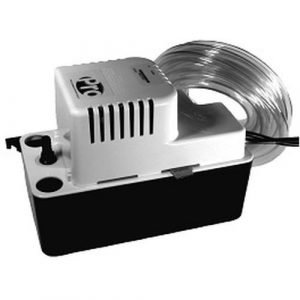
Dehumidifier Pump
Dehumidifier Use Tips
1. Regarding the capacity of the dehumidifier, you shouldn’t choose a smaller one, and choose according to the area of your home.
Otherwise, even the best dehumidifier, using a low-power dehumidifier in a large area will not have a good effect.
2. Close the window instead of opening the window when the room is too humid. Sometimes when you go to the balcony and open the door for a short time, the humidity will come up on the floor, wall, or clothes.
3. Buy a dehumidification bag (hanging wardrobe dehumidifier) in the closet and outside space, so that the indoor clothes are kept dry, and the clothes dryer can be used at this time as well.

Wardrobe Dehumidifier
Conclusion
In summary, the advantages of dehumidifiers are obvious, so should every family have an additional dehumidifier for dehumidification? You should consider many aspects. For example, you should refer to the climate characteristics and air humidity of the residence, the time of dehumidification every year, the indoor area, your budget, and so on.
Generally speaking, people feel more comfortable when they are in an environment with a relative humidity of 40%~ 60%. If the indoor humidity has been at a high value for very long time, the furniture and clothing are moldy, the wall peeling off, the electrical appliances are damp and other problems affect normal life, so choosing a dehumidifier is the most effective way.
Dehumidifier has a wide range of dehumidification and a fast effect, which has a stronger dehumidification capacity than air conditioner.
If only need temporary dehumidification, dehumidifier is not an essential product. Dehumidification mode of the air conditioner is enough to meet your needs.
Any comments?
Welcome leave a message or repost.




